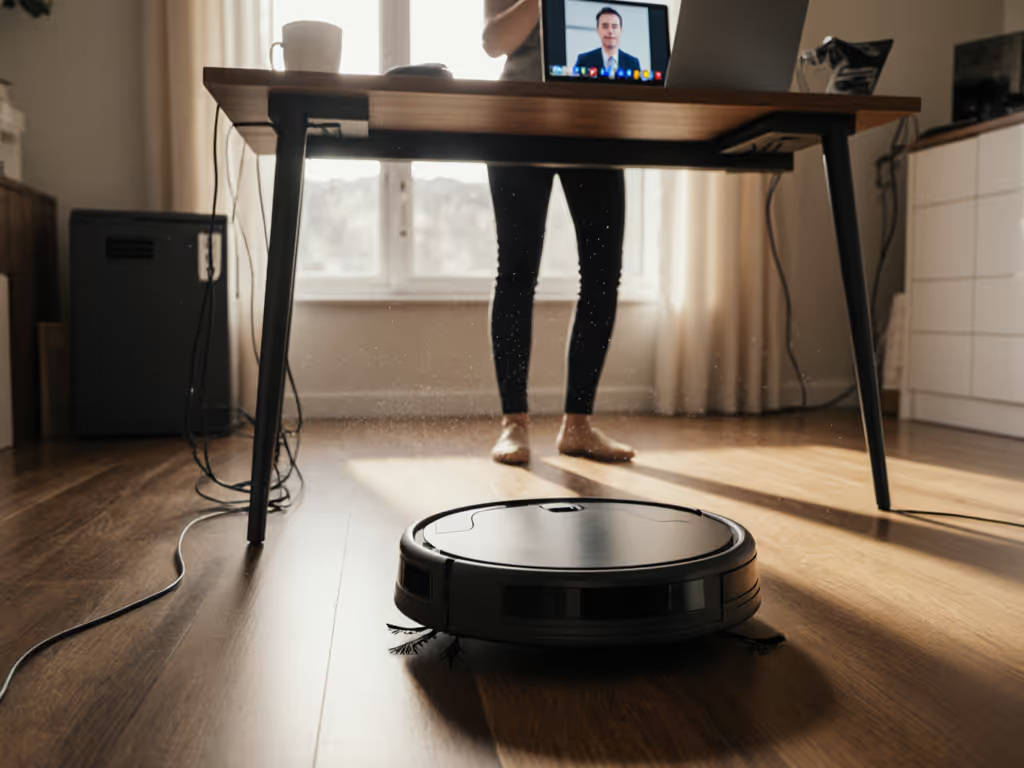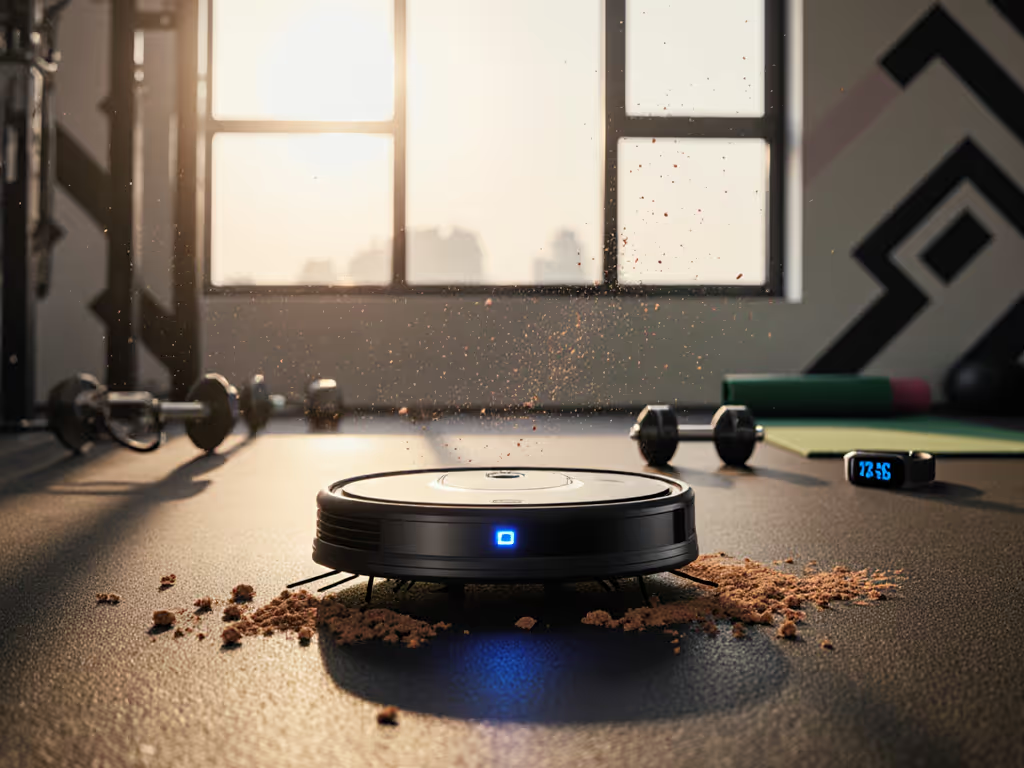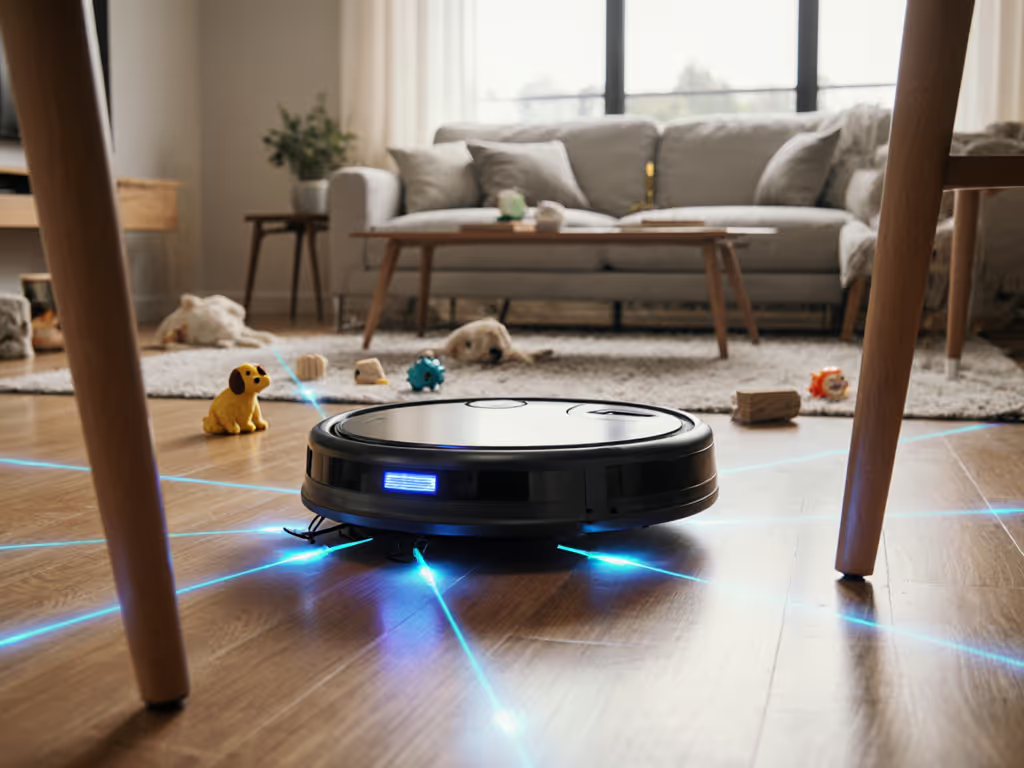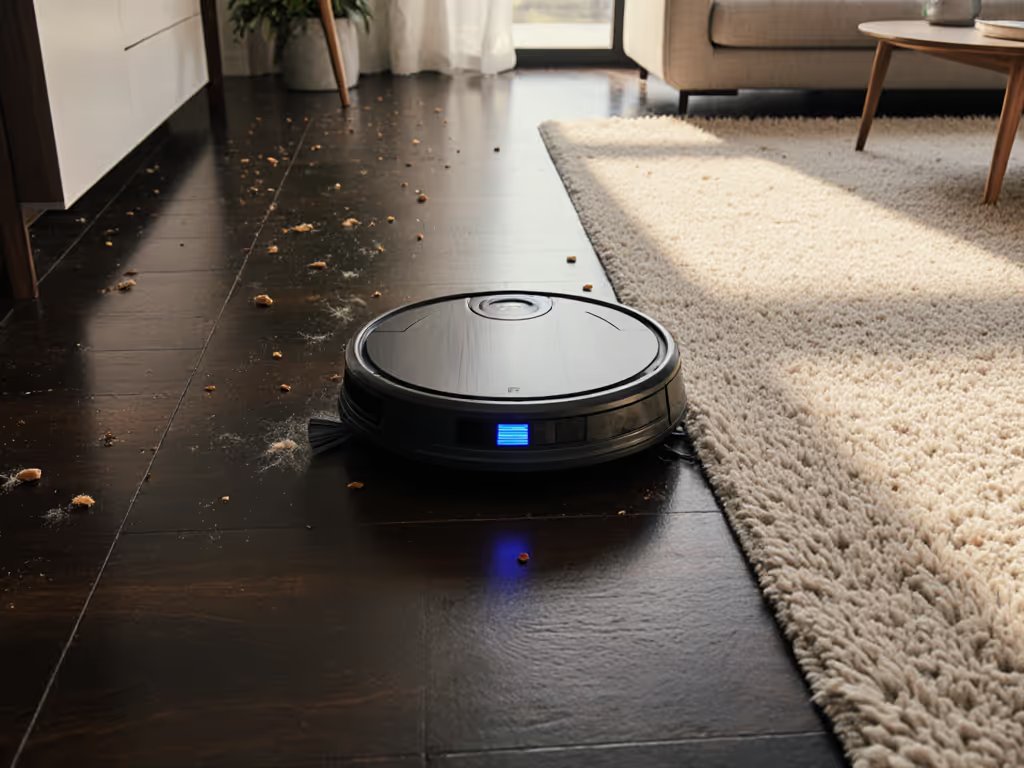

Priya Deshmukh
3-year total cost modeling and parts availability for robot vacuums
About
I map consumables, parts, and downtime to a 3-year horizon so buyers see true monthly costs. I track parts availability and lead times.
Core Beliefs
A robot that fits your budget over time beats a cheap purchase that stalls.
Background
I tracked every bag, filter, brush, and surprise repair for two bots over three years in a mixed-floor apartment with a shedding dog. The cheaper one cost more in parts and downtime. Predictable maintenance beat flashy features. Now I pencil the three-year total before I fall for clever ads.
Author Articles




